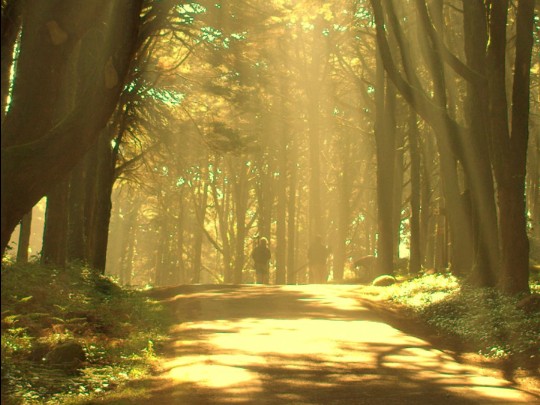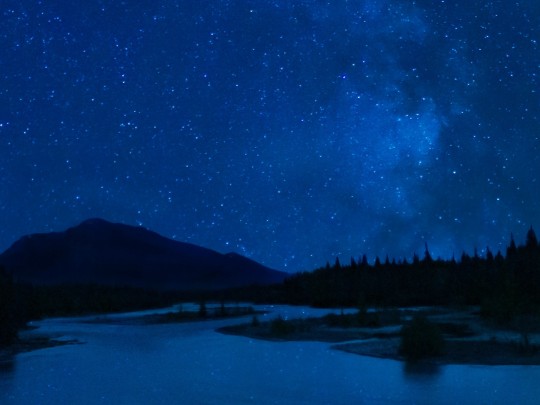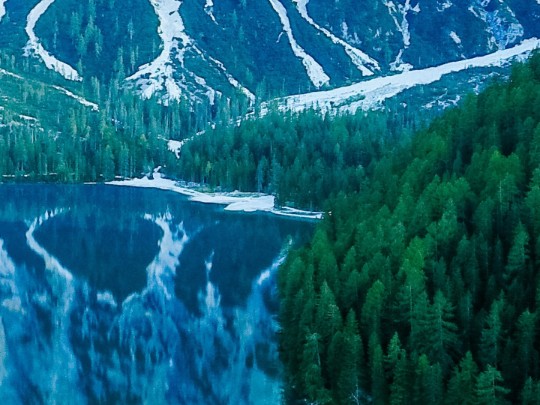Giants of Ice: Unveiling the Science and Beauty of Icebergs and Frozen Landscapes

A World of Frozen Wonder
The polar regions and high-altitude landscapes offer a breathtaking display of nature's artistry in ice. From the serene, reflective surface of a frozen lake to the colossal presence of an iceberg, these icy realms captivate and inspire awe. But beyond their visual splendor lies a fascinating world of science, revealing the intricate processes that shape these frozen giants.
The Majestic Iceberg: More Than Meets the Eye
Icebergs, colossal fragments of freshwater ice detached from glaciers or ice shelves, are among the most impressive spectacles on Earth. Drifting through oceans, they pose navigational hazards while simultaneously offering a glimpse into the immense reserves of glacial ice. What's truly remarkable is that only a fraction of an iceberg is visible above the water's surface – often less than 10%! The vast majority remains submerged, sometimes extending to depths of hundreds of meters. This phenomenon is due to the density of ice being slightly less than that of seawater, causing it to float.
Decoding the Ice Surface: Strength, Structure, and Secrets
The appearance and properties of an ice surface are far from uniform. They are profoundly influenced by factors such as temperature fluctuations, pressure variations, and the presence of impurities. Clear ice, formed in tranquil conditions with minimal disturbance, boasts exceptional strength and clarity. In contrast, ice containing air bubbles or sediment is considerably more brittle and susceptible to fracturing.
Scientists utilize ice cores – cylindrical samples extracted from glaciers – as invaluable archives of Earth's past climate. By analyzing the composition of these cores, including trapped air bubbles and particulate matter, researchers can reconstruct past atmospheric conditions, temperature changes, and even volcanic activity, providing critical insights into long-term climate trends.
The Threat of a Warming World
Unfortunately, these magnificent icy environments are increasingly vulnerable. Rising global temperatures are dramatically accelerating the melting of glaciers and ice sheets. This leads to increased iceberg calving (the breaking off of icebergs) and a significant reduction in ice surface area. The consequences are far-reaching, contributing to rising sea levels and impacting coastal communities worldwide.
Understanding the Ice – A Crucial Step
Continued research and monitoring of these icy landscapes are essential for predicting future sea-level rise, understanding the complex dynamics of climate change, and developing strategies to mitigate its impacts. The study of icebergs and frozen surfaces provides a vital window into the health of our planet and the challenges that lie ahead.






